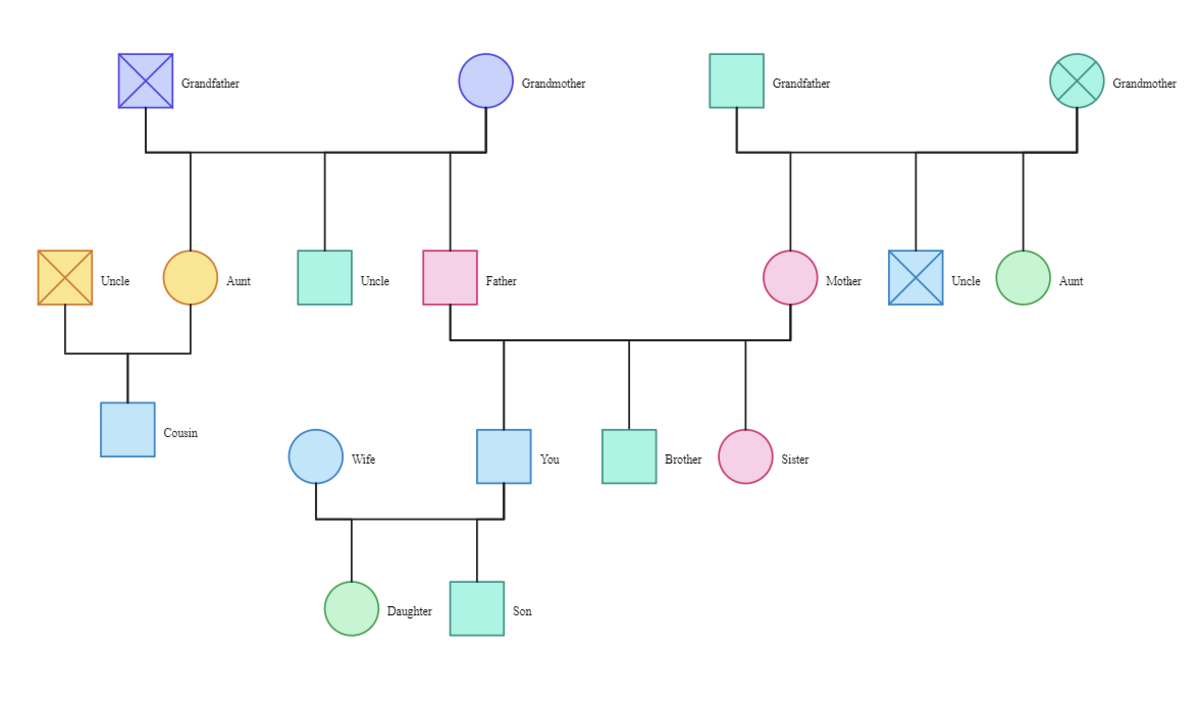- HubPages»
- Technology»
- Computers & Software»
- Computer Software
Understanding Bar Codes
Every time we buy products, any kind of products, we always see bar codes embedded in those products. That is because bar codes are widely used by companies to increase their efficiency. Inventory checking, product description, product purchases and deliveries, services, and price list are just some information that is frequently needed and updated by a certain business establishment to ensure accurate information within their business. While we can obviously see bar codes in grocery items and in supermarkets, many industrial and manufacturing companies are using them too, for accurate filing of their documents. Bar codes are also used in books and periodicals.
As consumers, we only see bar codes as complicated lines embedded on the products. We only know that each item's bar codes are scanned and the prices reflect in the cash register.
Bar codes are made up of lines and spaces, some lines and spaces are thicker than others. Thicker lines, thinner lines, thicker spaces, thinner spaces, longer lines, and shorter lines; they reflect certain symbols. These lines and spaces are grouped together to form a symbol. The symbols classify one product from another. Bar codes are not only used in grocery items. Some are used in important documents. A bar code can be used to identify a document. Bar codes can also be used to separate documents in batch.
The primary purpose of a bar code is to identify and classify products, documents, or inventory files. Bar coding will label the item that contains unique numbers and/or characters. Some bar code symbols are alphanumeric and some are numeric characters. Bar codes are normally used with a database application. The description of the product is encoded in the database in a central computer. So, when a bar code scanner scans the bar code that is embedded on the product label, the data is fed to a central computer, and returns a full description of the item. Bar coding would diminish workloads because by just scanning, it would automatically give you the information that you need including the availability of the item. Bar coding would give you an accurate inventory of your stocks because it automatically updates information whenever there are sales. Bar coding gives you an advantage of collecting data with speed and with accuracy. It is also easier to update the price. You only need to update one entry on the central computer, and the updated price will automatically reflect on every computer network the business establishment uses.
Bar coding has become a famous practice by companies because the potential for manual errors are eliminated. Manual encoding has a great risk of error. Aside from errors elimination, you can also retrieve information faster.
Not all bar codes are the same, though. In different types of businesses, there are different bar code ‘symbologies'. The different UPC codes are widely used in retail sales. Code 39 is used in manufacturing industries to track records and inventory. ISBN is used for books and ISSN is used in magazines and periodicals. Codabar is used in libraries and blood banks.
If you want to implement bar codes in your business, you'd need a bar code reader/scanner, bar code printer, bar code labeling, bar code software, and a computer that will be used exclusively for your business. And of course, you should have already learned how to implement this system onto your business.
If you are thinking of using bar codes in your business, you'd probably want to read more about bar codes. The following link will give you more information about the different bar code symbols:








![[Fix] Kaspersky Error: “Digital Signature of Installation Files Missing” [Fix] Kaspersky Error: “Digital Signature of Installation Files Missing”](https://images.saymedia-content.com/.image/t_share/MTc2MjYyMjc4MjA5ODczMDY5/fix-kaspersky-error-digital-signature-of-installation-files-missing.png)
